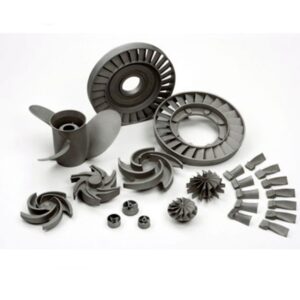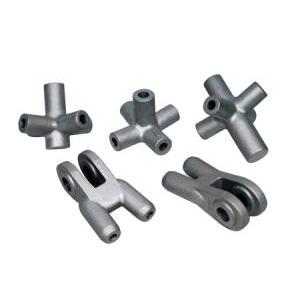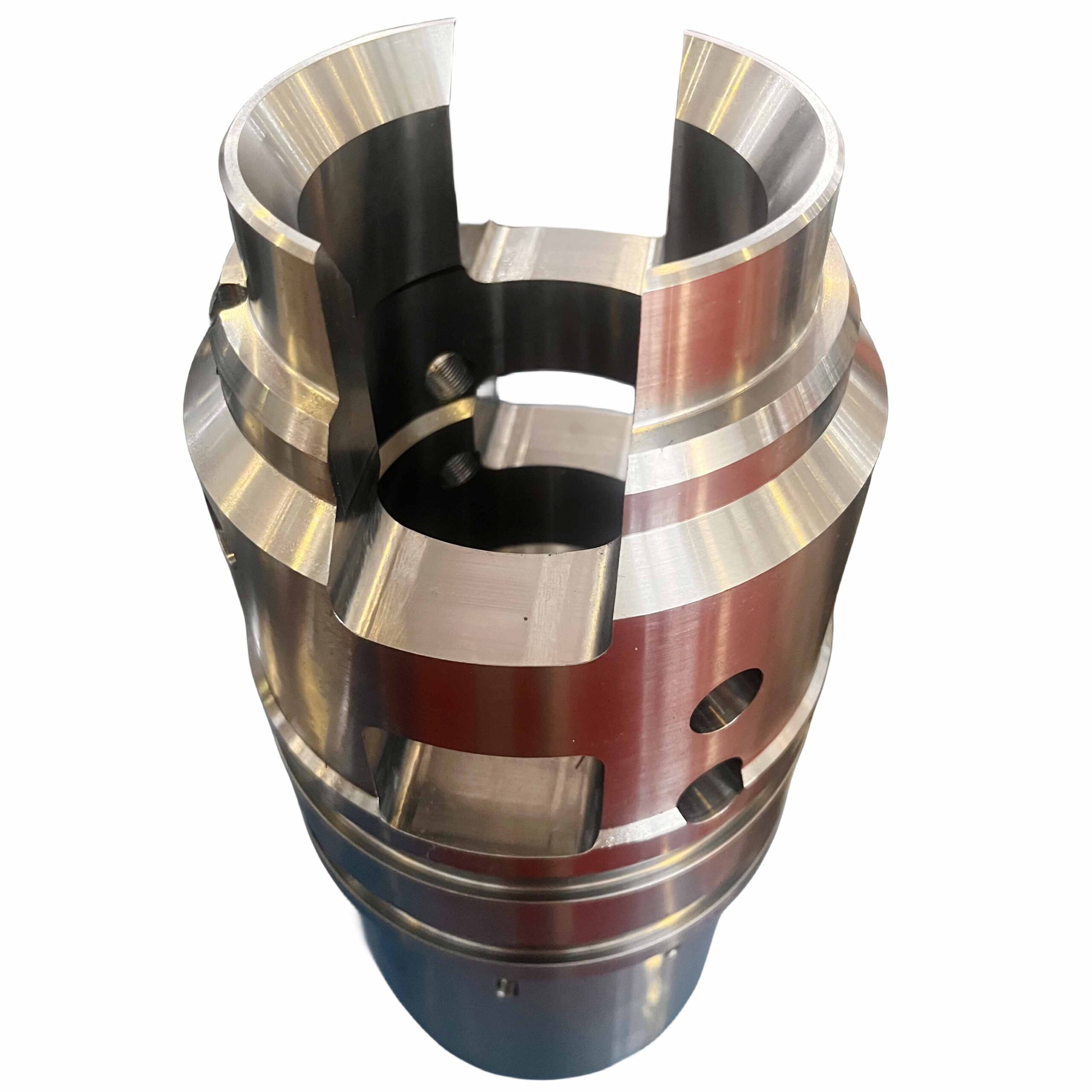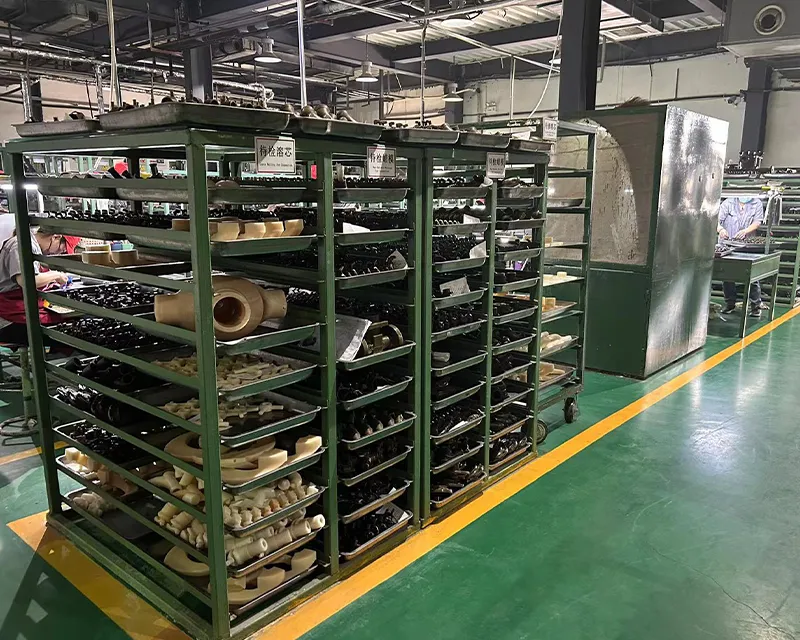
If electroplating is not a viable process because of an application’s geometry or tolerance requirements, one of the alternate process services may be appropriate. Some of the alternatives to electroplating are listed and described below:
- Electroless Nickel Plating
- Physical Vapor Deposition (PVD)
- Anodizing
Electroless Nickel Plating
Electroless nickel plating is similar to electroplating but is used to coat nickel alloys onto parts by chemical reduction without the need for an electric current. Electroless nickel plating can be superior to nickel electroplating due to its improved wear and corrosion resistance. This is because electroless nickel-plated surfaces are amorphous and have little to no grain or phase boundaries where corrosion can initiate. In addition, electroless nickel plating adds ductility to parts which is not possible with electroplating. However, electroless nickel plating is a slower process, and thus more expensive, than electroplating.
Physical Vapor Deposition (PVD)
Physical vapor deposition is a coating process where parts are placed in a vacuum chamber as a coating material is heated, turned into a vapor or plasma, and condensed on the workpiece’s surface. There are two PVD methods: evaporation and sputter. In evaporation PVD, the coating material is heated until it evaporates or sublimates into a vapor. The atoms of the coating material then precipitate and condense everywhere within the vacuum chamber. In sputter PVD, the coating material is turned into plasma with extreme heat that then forms a cloud to coat everything in the vacuum chamber. Because both processes only coat exposed surfaces, rotating the workpiece during the PVD process is essential to ensuring the entire part is coated. PVD coatings are thinner than electroplated coatings since coating occurs at an atomic level but takes longer to complete due to the time needed to produce the vacuum and heat the coating material. Moreover, the machinery for physical vapor deposition is also more expensive.
Anodizing
Anodizing is a process similar to electroplating in that it uses electricity and a chemical reaction to coat parts. In anodizing, an oxide surface layer is coated onto a part to improve the material’s wear and corrosion resistance, but also to add a more attractive finish. The process is most commonly used for aluminum but can be used for other metals like titanium and magnesium. Compared to electroplating, coatings made by anodizing are harder and more durable.





